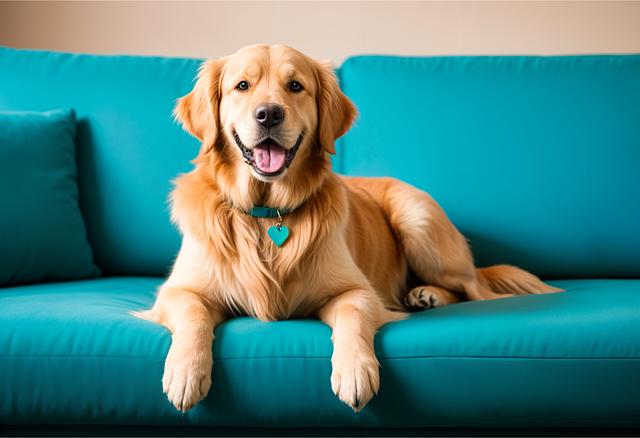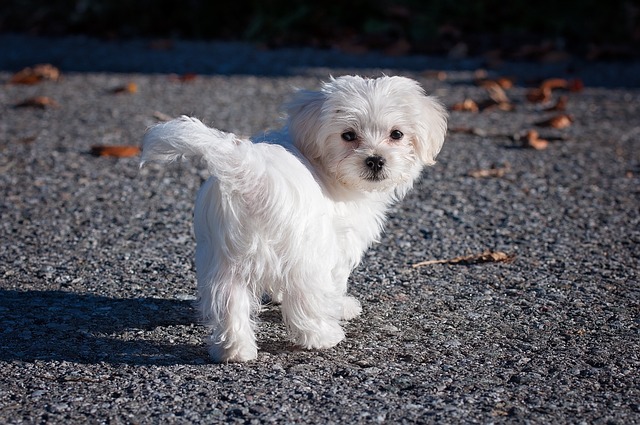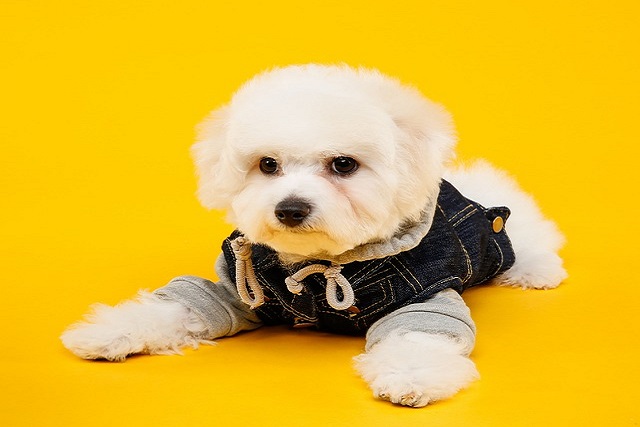
what to do if my dog's skin is peeling
If you’ve ever brushed your hand along your dog’s back and noticed small, paper-thin flakes of skin coming loose—or found little bits stuck to their favorite blanket
If you’ve ever brushed your hand along your dog’s back and noticed small, paper-thin flakes of skin coming loose—or found little bits stuck to their favorite blanket—you’re probably wondering what’s going on. Peeling skin can look alarming, especially if you’re new to being a pup parent, but it’s usually a sign that their skin needs a little extra care. Let’s break down why it happens and how to help, so your furry friend stays comfortable and happy.
First, let’s get to the root of the issue. A dog’s skin has a delicate balance of oils that keep it supple and protected. When that balance gets thrown off, the outer layer dries out, cracks, and starts to peel. Common triggers? Dry winter air (those heaters in your home suck moisture right out), over-bathing with harsh shampoos (which strip away natural oils), or even a diet missing key nutrients like omega-3s. Think of it like your own skin after a long day in the sun without lotion—dry, tight, and prone to flaking. Breeds with short coats, like Dalmatians, or those with wrinkles, like Bulldogs, are more likely to show peeling because their skin is either exposed or traps sweat and dirt, irritating the surface. My cousin’s Pug, Rocky, started peeling last winter after she switched to a citrus-scented shampoo—turns out, the strong chemicals were drying his skin faster than his body could replenish oils.
So, what can you do to fix it? Start with their bath routine. Cut back on frequency—if you’re lathering them up weekly, try every 2-3 weeks instead. Use a mild, moisturizing shampoo made for dogs (look for ingredients like oatmeal or coconut oil; human shampoos are too harsh). After my Lab, Luna, developed peeling skin, her vet recommended an oat-based formula, and after just two baths, the flakes were gone. When drying, pat them gently with a towel instead of rubbing—rough motions can irritate already sensitive skin.

Next, add moisture from the outside and inside. A vet-approved skin balm or plain coconut oil (warmed in your hands to soften) works wonders—massage a tiny bit into peeling areas, then distract them with a treat for 5 minutes to let it sink in. From the inside, mix a little fish oil into their kibble (ask your vet for the right dose) to boost omega-3s, which help build a healthier skin barrier. My neighbor’s Golden Retriever, Max, stopped peeling after she added a pump of salmon oil to his meals—his coat now shines, and there’s nary a flake in sight.
Now, let’s tie this to being a responsible owner in the U.S. Keeping your dog healthy isn’t just kind—it’s the law. All states require up-to-date rabies vaccines, and letting skin issues fester could violate animal welfare laws (places like California and Pennsylvania have strict rules against neglecting a pet’s comfort). When out walking, always carry poop bags—fines for skipping this hit $300 in cities like Seattle, and it’s basic courtesy. If your dog’s peeling skin makes them itch, keep them leashed in parks to avoid excessive scratching on dirt, which can worsen irritation.
Culturally, patience is key. If your dog squirms when you touch their peeling spots, never scold or hold them down. Instead, use positive reinforcement: offer a tiny treat after each gentle pat. My trainer friend in Denver uses this with rescue dogs—turns out, they learn to relax when they associate skin checks with snacks. In apartments, run a humidifier near their bed to fight dry air from AC or heaters, which dries out skin. Stick to quiet hours for grooming—no one wants the sound of a brush at 6 a.m.
If peeling lasts more than a week, or if you see redness, bleeding, or pus, visit the vet—they can rule out allergies or infections. But for most pups, a little tweaking to their routine is all it takes. Soon enough, those flakes will be a thing of the past, and your dog can get back to rolling in the grass and napping in the sun—happy, healthy, and itch-free.

If you’ve ever brushed your hand along your dog’s back and noticed small, paper-thin flakes of skin coming loose—or found little bits stuck to their favorite blanket

That frustrating moment when your dog won't stop scratching - is it just winter dryness or something more sinister like mites? While both conditions can make your pup miserable

If you’ve noticed your dog’s paws looking cracked, rough, or flaky—maybe they’re licking them more after walks, or you’ve felt the dryness when they rest a paw on your lap

If you’ve ever noticed your dog dragging their rear across the carpet or licking their tail area more than usual, they might be trying to tell you something about their anal glands.

Trying to figure out whether to clip or grind your dog’s nails can feel like a tough call, especially if you’re new to handling those wiggly paws.

That alarming moment when your dog blinks up at you with a thick, goopy mess crusting around their eye - it's natural to wonder why there's suddenly so much discharge.